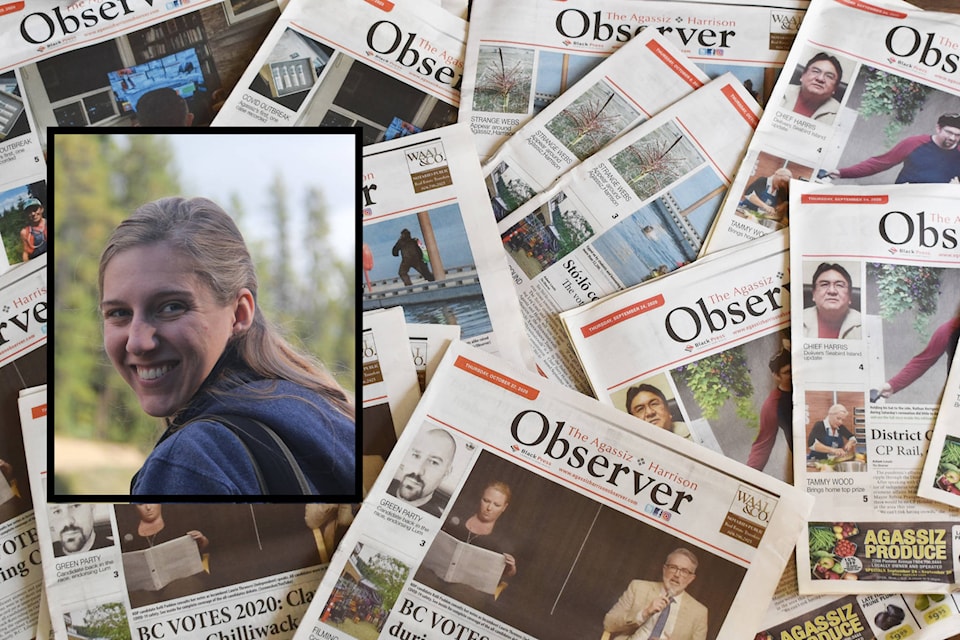The story of Lewis Agassiz is central to the story of Agassiz.
It’s the first story I heard about the community anyways — one where the intrepid Agassiz sailed down the Fraser River with his wife and children towards what would eventually become Ferny Coombe.
It was the Agassiz family name that allowed him to settle on the Kent hillside after travelling from Prince Edward Island to the frontier community.
It was an uncle that gave him three hundred pounds sterling to pay off the mortgage on their log house.
It was his grandfather Captain James Agassiz who died and left him a thousand pounds sterling, which he used to upgrade their farmstead.
RELATED: CELEBRATING 125: The reason for Agassiz
And it is the Agassiz family name which is why I bring up their story at the start of Black History Month.
The Swiss-born American naturalist Louis Agassiz, something of a first cousin twice removed to our local Agassiz family in their many-branched family tree, was a behemoth in the world of science in the 1830s to 1860s.
He made immense contributions to the science of glacial activity and produced landmark works on extinct fish.
He revolutionized natural science education in the United States and achieved lasting fame for his work.
He was also a racist, one whose views on Black people helped embolden many pro-slavery Americans during a time when tensions around race had erupted into civil war.
Louis Agassiz did not accept Charles Darwin’s theory of evolution, which was hitting the printing press while Agassiz was studying science.
He believed that each species was a special creation, and most importantly, that each human race was created independently as well.
He ascribed heavily to research done by Samuel Morton, who measured skulls to determine an intellectual hierarchy of the races. In this hierarchy, whites were at the top and Blacks were at the bottom. Agassiz also believed that interracial relationships were immoral and “destructive to social equality.”
RELATED: Black leaders and artists reflect on Black History Month in 2021
Now Morton’s research has been heavily discredited, and I certainly hope we are all wise enough to know that an interracial couple will not undermine our social system.
So why bring up Louis Agassiz? What does he have to do with our small town?
Simply this: history never goes away.
We are still tackling issues of racism today.
They may not look the same as they did in the 1860s, but they stem from that time.
If we forget about those origins, then we will never truly be able to move forward towards an inclusive and equal society.
We have a rich history in our community, troubled at times, but positive too.
RELATED: COLUMN: Why you probably agree with the Black Lives Matter slogan, even if you think you don’t
This history includes the stories of the Indigenous communities that were here long before Europeans came. It includes Chinese men and women, who came to the area in the gold rush and with the railway, and stayed with their families for years to come.
It also includes Black history, as transient as it may be in our neck of the woods.
So this month, for Black History Month, let’s do our part to look deeper into our history and see where we have fallen behind in the past.
Let’s examine our view of the world, and see if there may be prejudice hiding in our fears or worries.
But most importantly, let’s celebrate all the ways that diversity makes us a stronger, better community.
Let’s be better than the people in our past. We owe our society as much.
news@ahobserver.com
Like us on Facebook and follow us on Twitter
